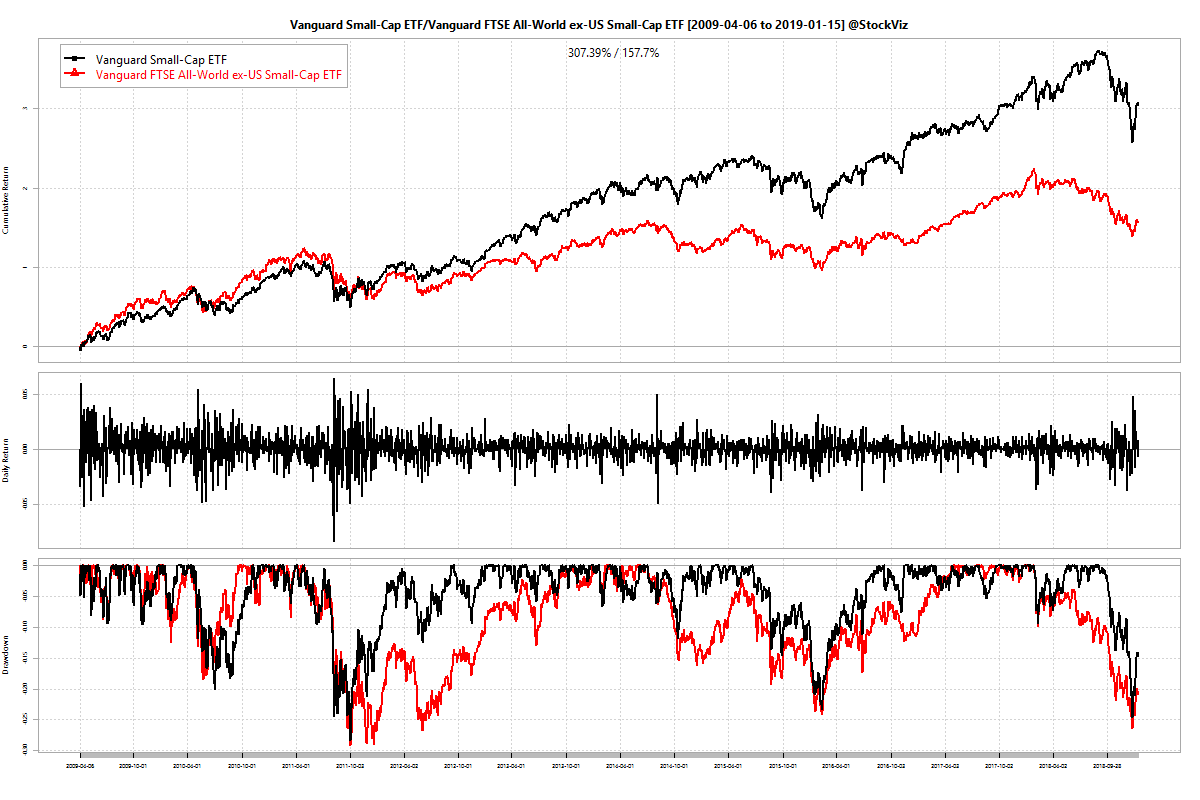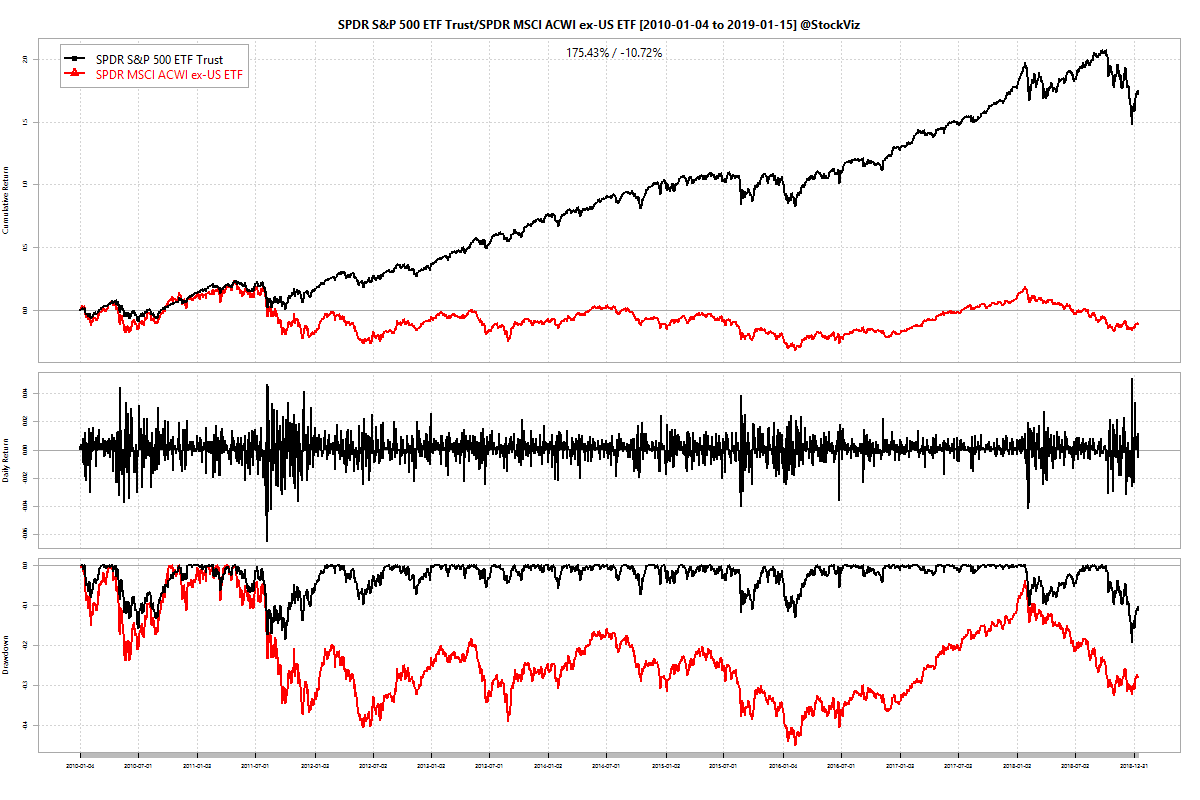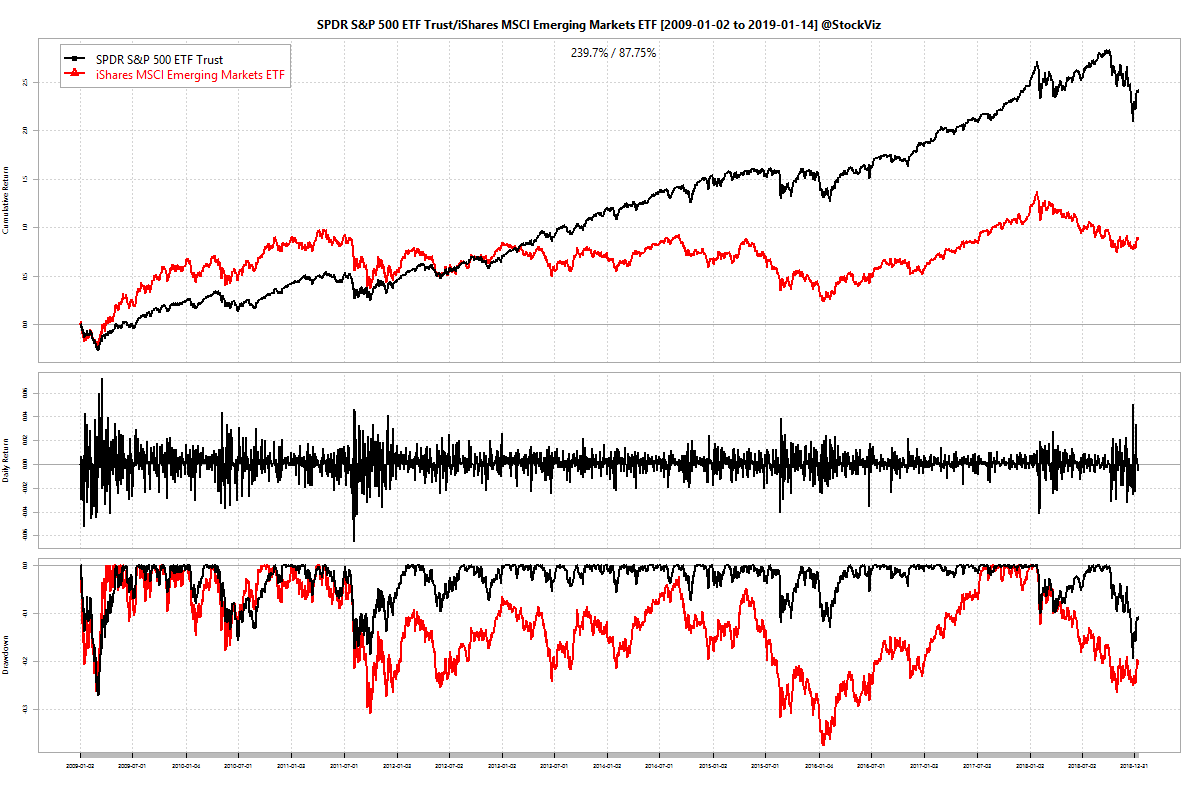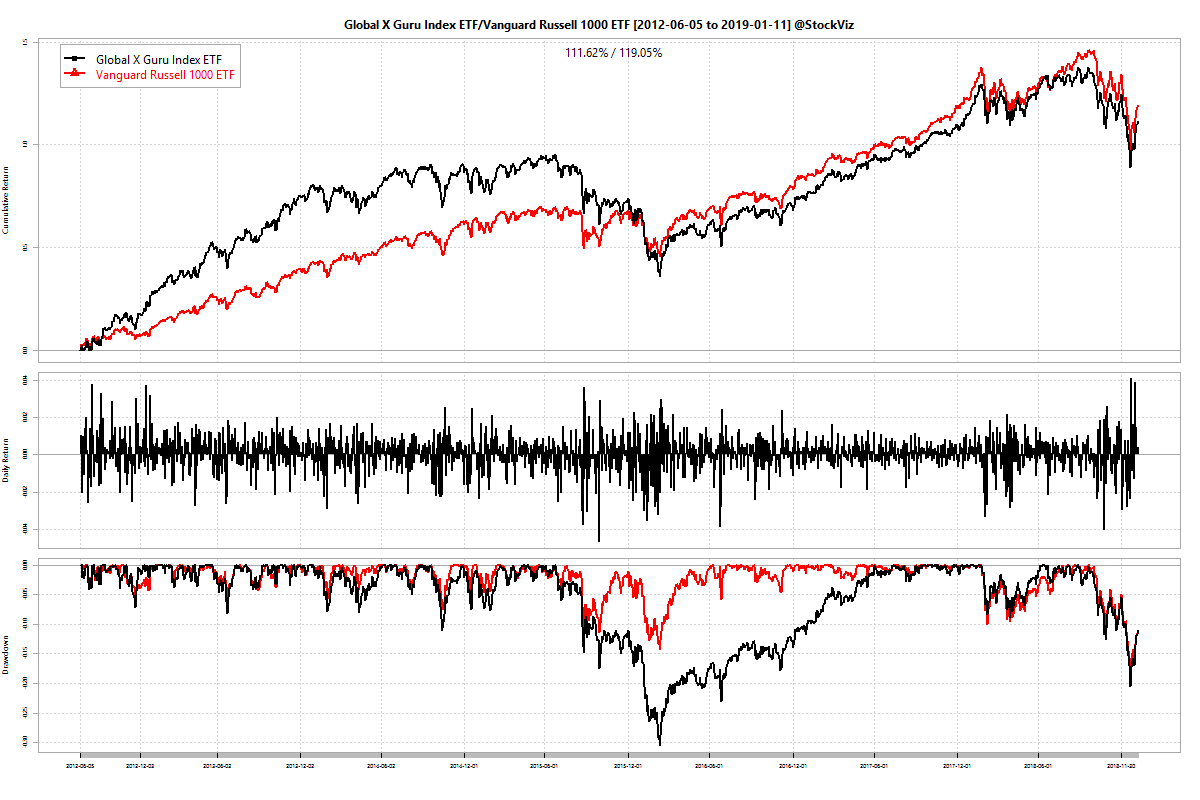Saving is a form of deferred consumption. You save today in order to consume tomorrow. Equities are a great place to park those savings when that “tomorrow” is measured over multiple years. Equity investments yield higher returns over bank deposits or bonds primarily because they are riskier. This risk shows up as a bigger variance in returns. When you save for a distant future, estimating this variance is important, lest you fall short of funds when that future finally arrives. Earlier, we had written about how path-dependency affects your eventual returns in The Path Dependency of SIP Returns (part of our Lumpsum or SIP? collection.) There, we used a simple trick used in statistics to show how by merely changing the arrival of returns changes the final IRR of a systematic investment plan (SIP, aka dollar cost averaging, DCA.)
The standard disclaimer on most investment products reads: Past Performance is Not Indicative of Future Results. While it is foolhardy to extend past returns infinitely into the future, you can use some of past returns’ statistical properties to model a range for scenarios for your investments. In the projections you see below:
- We used index data from 1991 through 2018, during which the markets have witnessed multiple boom-bust periods, scams and political events.
- We used monthly return series to avoid short-term daily and weekly variances.
- We used a Generalized Lambda Distribution to model those returns to avoid the pitfalls of using a normal distribution.
- We ran 10,000 simulations over a 20-year investment horizon – a typical saving period for retirement or children’s education.
- We looked at both lumpsum/onetime and SIP/DCA investment modes.
NIFTY 50 Rupee vs. Dollar
Most investors in India have a strong home-country bias and invest primarily in rupee assets. But if you are also considering future expenses that would require dollar-based funding (see: Funding Your Dollar Dreams), it makes sense to look at NIFTY 50 through a dollar colored lens. Here is how projected lumpsum/onetime 20-year investment on the NIFTY 50 looks like:

Here is how projected lumpsum/onetime 20-year investment on the NIFTY 50 Dollar looks like:

Note that large difference in median returns between the two. This is primarily driven by the depreciation of the rupee which is related our rate of inflation and capital account situation. Also, dollar returns are skewed left.
NIFTY 50 Dollar vs. S&P 500
Given the higher risk that Indian investors bear, you would expect it to out-perform the staid old S&P 500. But compare the projected median returns of the two. Is the additional risk appropriately compensated?
Here is how projected lumpsum/onetime 20-year investment on the S&P 500 looks like:

The projected returns are in line with what we saw when we plotted returns vs. largest drawdowns of different country equity indices here. The higher risk one bears for investing in an emerging market doesn’t seem to be appropriately compensated when, on average, NIFTY 50 is expected to pay only 1% above S&P 500’s returns.
Lumpsum/onetime vs. SIP/DCA
Most investors buy through a monthly SIP/DCA setup to avoid timing the market and better match their income stream. Our projections show that they win by having shallower fat tails. Here are how SIP/DCA returns look like for all three indices:



Conclusion
First, higher inflation tends to boost gross equity returns. However, higher inflation also marks a weaker currency. So what you gain in gross returns, you lose on the real returns. The difference between projected NIFTY 50 and NIFTY 50 Dollar returns captures this dynamic. This is something to keep in mind when you look at historical long-term returns of Indian equities.
Second, if past is prelude, if a conservative investor had to choose between NIFTY 50 and the S&P 500, he would choose the latter. The fat left tails and small risk premiums of the former are deal breakers.
Third, emerging markets are all about optionality. Note the differences in the right tails. A fatter right tail indicates that presence of more opportunities to skew the portfolio towards higher returns. So an aggressive investor would pick an active NIFTY 50 investment over the S&P 500.
Code and charts are on github.














